Rising Environmental Regulations
The fire clay market is increasingly affected by rising environmental regulations aimed at promoting sustainable practices. Governments and regulatory bodies are implementing stricter guidelines on the extraction and processing of raw materials, including fire clay. This shift towards sustainability is prompting manufacturers to adopt eco-friendly practices and invest in cleaner technologies. As a result, the fire clay market is likely to see a transformation in production methods, with a focus on reducing carbon footprints and minimizing waste. Companies that adapt to these regulations may gain a competitive edge, potentially leading to increased market demand for sustainably sourced fire clay products.
Growth in Steel and Metal Industries
The fire clay market is significantly influenced by the growth of the steel and metal industries, which rely heavily on refractory materials for high-temperature applications. Fire clay is a key component in the production of refractory bricks and linings used in furnaces, kilns, and other high-heat environments. As the global steel production is expected to reach over 1.8 billion metric tons by 2026, the demand for fire clay is anticipated to rise correspondingly. This growth is further supported by the increasing adoption of advanced manufacturing processes that require high-performance materials. Consequently, the fire clay market is likely to benefit from the expansion of these sectors, leading to increased sales and market opportunities.
Expanding Applications in Energy Sector
The energy sector is emerging as a significant driver for the fire clay market, particularly in the context of renewable energy technologies. Fire clay is increasingly being utilized in the production of materials for energy-efficient systems, such as solar thermal collectors and biomass boilers. As the global shift towards renewable energy sources continues, the demand for fire clay in these applications is expected to grow. This trend is further supported by government initiatives promoting clean energy solutions, which may lead to increased investments in fire clay-based technologies. Consequently, the fire clay market is poised to benefit from this expanding application landscape, potentially enhancing its overall market growth.
Increasing Demand from Construction Sector
The construction sector is experiencing a notable surge in demand for fire clay, primarily due to its essential role in manufacturing refractory materials. Fire clay is utilized in the production of bricks, tiles, and other construction materials that require high-temperature resistance. As urbanization accelerates, the need for durable and heat-resistant materials in residential and commercial buildings is becoming increasingly critical. The fire clay market is projected to witness a compound annual growth rate of approximately 5.2% over the next few years, driven by this construction boom. Furthermore, the rise in infrastructure projects across various regions is likely to bolster the demand for fire clay, thereby enhancing its market presence.
Technological Innovations in Material Processing
Technological advancements in material processing are playing a pivotal role in shaping the fire clay market. Innovations such as improved extraction techniques and enhanced processing methods are leading to higher quality fire clay products. These advancements not only increase the efficiency of production but also reduce costs, making fire clay more accessible to various industries. The introduction of automated systems and advanced machinery in the manufacturing process is expected to enhance productivity and consistency in product quality. As a result, the fire clay market is likely to experience a positive impact from these technological innovations, potentially leading to increased market share and competitiveness.


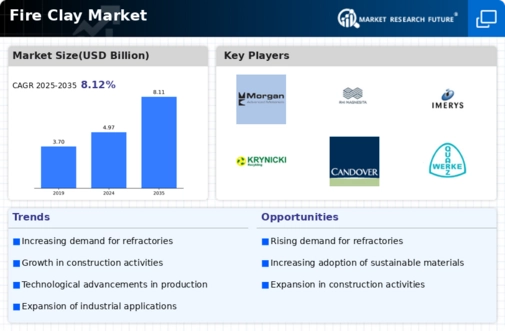
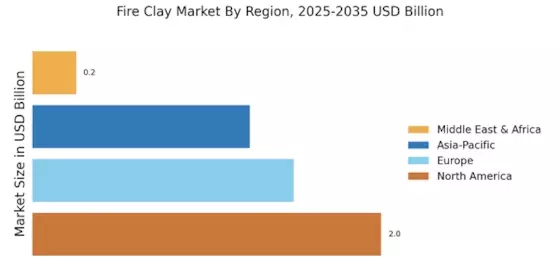
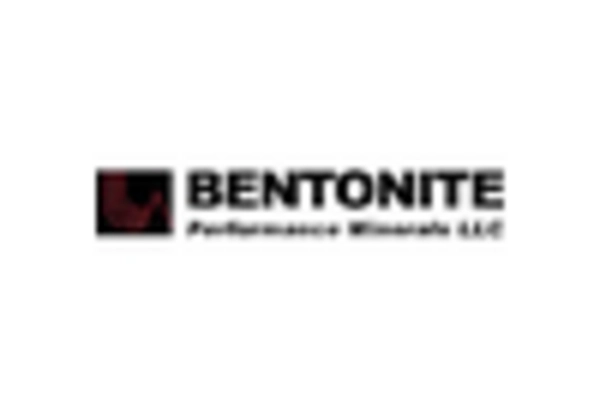
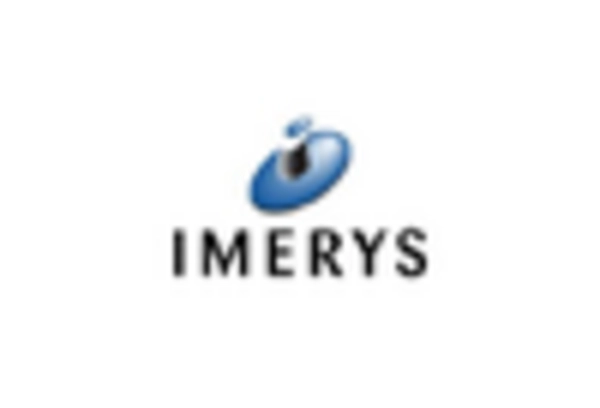


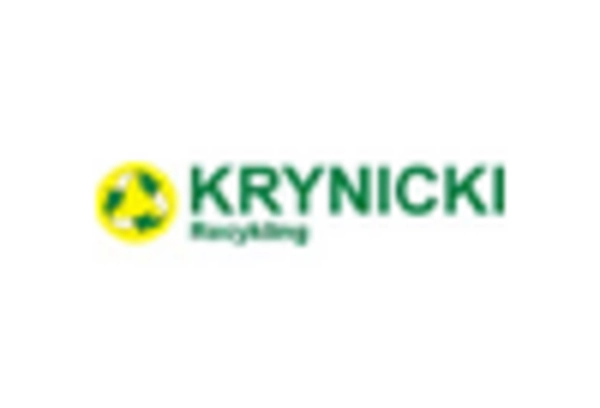
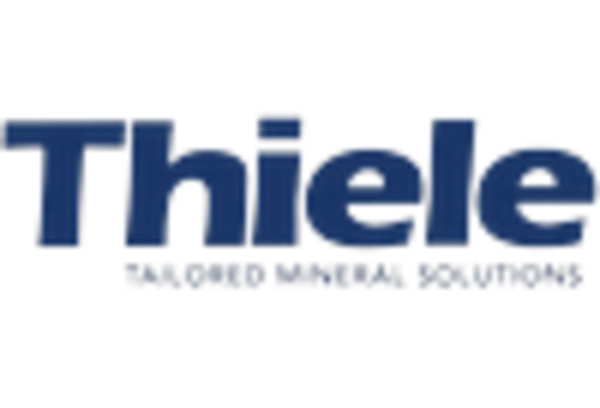








Leave a Comment